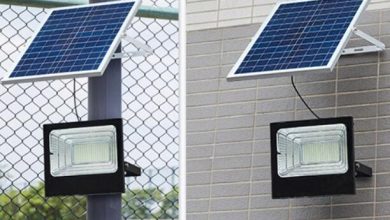The Complete Guide For PCB Power Relays
The PCB power relays or miniature PCB power relay, work like electric-powered switches that use electromagnetism to transform small electric stimuli into current.

If you want to convert a small electric input into a high-current output then you will face various issues. This is essential to correctly function through the range of home equipment and vehicles.
Many circuits acquire those conversions via the usage of relays, which might be critical in all forms of digital equipment.
What Is a PCB Power Relay?
The PCB power relays or miniature PCB power relay, work like electric-powered switches that use electromagnetism to transform small electric stimuli into current.
These conversions will help you to electric inputs set off electromagnets and shape or ruin the current circuits.
By leveraging susceptible inputs to power more potent currents, relays correctly act as both a transfer and an amplifier for the electrical circuit, relying upon the preferred application.
Why Do We Need Power Relays in PCB?
Relays can range from electromagnetic and reed relays to solid-state, hybrid, and thermal relays.
AC or DC electromagnetic relay includes an electromagnet that gets an electric-powered signal and converts the signal into the mechanical movement of a transfer that opens and closes the circuit.
A power relay is capable of magnetic strips sealed inside a pitcher tube in the PCB. Applying a magnetic current to the coil enables the reeds to act as an actuator and contact the blade at the same time as switching happens.
What is The Function of Power Relays in PCB?
We need power relays in PCB as they will mount without delay to PCB. The electromechanical PCB power relays consist of a coil, an armature, and contacts.
Applying power to the coil produces a magnetic reaction that causes the armature to transport and the contacts to open or close.
PCB power relays provide advanced overall performance in high-ability load switching in the power device with its material which can withstand touch arc and single touch structure.
These power relays additionally hold incredible overall performance in contact amount and contact pressure.
In addition, power relays follow numerous protection standards. The merchandise line-up consists of relays that have more suitable insulation distance among coil contacts.
Applications
Applications for relays consist of consumer digital devices, commercial machinery; control panels, clinical and medical equipment, communications equipment, and transportation.
Consumer gadgets range from mobile telephones to ovens and stoves consisting of relays as a part of control circuitry.
In the automobile industry, relays control doors, automated braking systems, power steering, power windows, and sunroofs. Conveyor belts, elevators, and lifts additionally depend on relays.
Industrial equipment: Machine tools, molders, welders, mounters, and different business robots.
Household types of equipment: UPS, switching power delivery.
Electrical household types of equipment: Air conditioners, washing machines, refrigerators, etc.
Power supplies: UPS, switching power deliver
Automation types of equipment: Programmable controllers, temperature controllers, timers, and numerous I/O devices.
Energy market: UPS, PV Inverter, EV Charger, Industrial air conditioner, etc.
Classifications of PCB Power Relays
The PCB power relays can be classified under the categories of means of contacts, mounting type, construction, or feature. Depending on the application, relays may also both make use of contacts or won’t have any contacts.
As an example, the contact form for electromagnetic relays consists of the single-pole single-throw, double-pole single throw, and double-pole double-throw relays.
Wrap Up
PCB relays reduce the need for high amperage that can be expensive and also takes up huge space in the circuitry. The power relays can differ in size, capacity, and functionality.
All relays work in a similar way that is to change the current output to a different form as relays are an integral part of circuit design.
The right type of PCB power relay can upgrade the experience of the consumer and enhance the working of the device.





